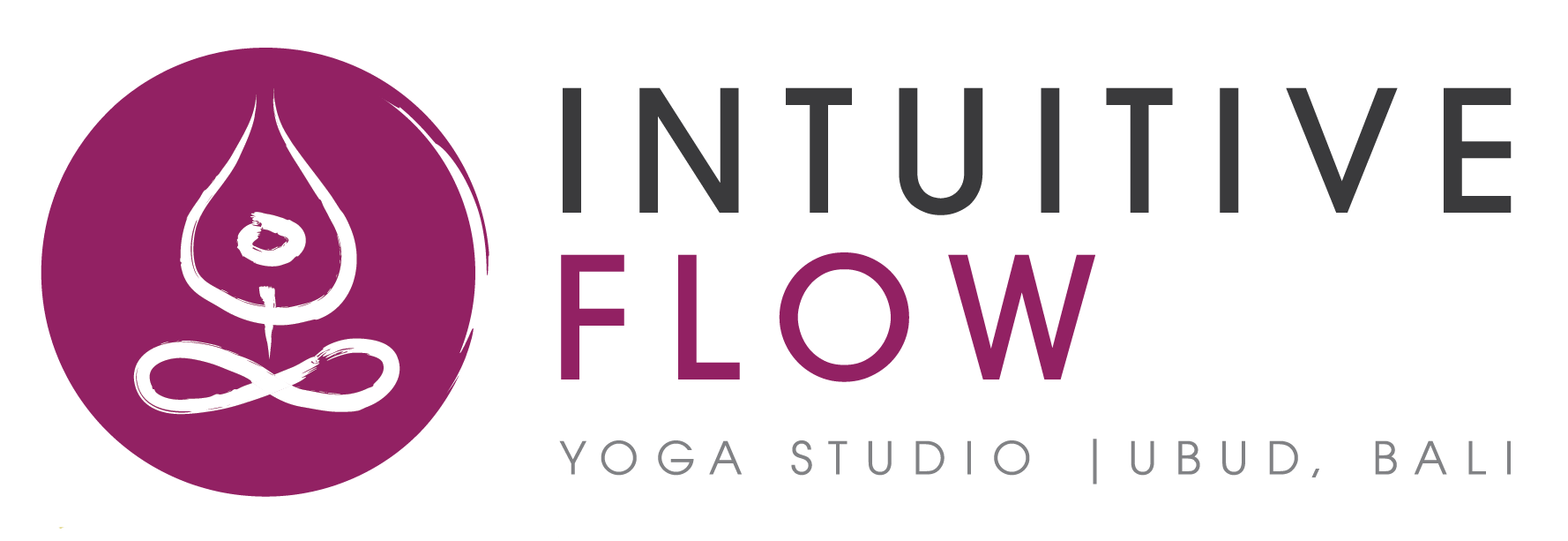03 Jun Ajapa Japa
Yoga offers many techniques to direct our focus to the vibration of peace that resides within each of us. An excellent practice for this is Ajapa Japa, a sadhana that dates from the Upanishads but was brought to the modern world by Swami Satyananda Saraswati. This powerful practice combines elements of pranayama, mantra chanting and meditation.
Japa means ‘repeating a mantra, ‘ and ajapa-japa means ‘constant repetition of the mantra.’ By uniting the breath and sound vibration of a mantra, this practice promotes the union of body, breath and mind. Ajapa japa is a complete practice in itself because it utilizes our different sensory abilities by working with awareness and breath (clairsentience), visualization (clairvoyance) and mantra (clairaudience).
The most famous mantra used while practicing ajapa japa is Soham (so ham) meaning, ‘I am That’ in Sanskrit. Once the mantra reverses it become (hamso) meaning ‘That I am.’ The mantra vibrates and purifies the mind.
There are different ways of practicing Ajapa japa. In this practice we move our awareness along a specific nadi (channel/meridian) in the body, among others in the nostrils, in the spinal channel and frontal channel.
My favorite one is along the frontal channel, which brings our focus to the spiritual heart, the seat of the Supreme Self. This practice calms the mind and helps us when we’re worried and anxious. We achieve mastery of our mind by focusing our awareness on the breath and the mantra. By achieving a one-focus mind, we calm our nervous system and develop mental strength and clarity. This practice grounds us and connects us to our center and assists us to cultivate a connection with the divine self.
By bringing the consciousness into the heart, this breathing method supports prana vayu (energy pervades the chest region), improves blood circulation and oxygenation of the body, and helps to improve the flow of prana in the body and mind.
The heart in Sanskrit is ‘hri’ which translates as the mind. Ancient yogis believed the pure mind is in the heart. We need to bring our awareness to the heart center to stay away from the fluctuation of the mind. The focus on the heart facilitates ‘Pratyahara’ or withdrawing of our senses for meditation.
Connecting with the heart space raises our vibration. We connect with our inner light; with our luminous self. This practice also stimulates the trigger points (kshetram ) of chakras located along the frontal nadi: Manipura (navel/power, courage), Anahata (heart/love, compassion) and vishudhi (throat/speaking out truth, clairaudience) and consequently is a very powerful healing practice.
In the word of Swami Satyananada: “Ajapa japa meditation helps one to withdraw the senses and awaken self-awareness. It removes the impurities of the mind. A burning lamp cannot give full illumination if its glass is covered in smoke. Only when the glass is cleaned will the lamp shine fully. Similarly, the light or the power of the Atman is within us, but it does not manifest itself in our daily life because of the hindrances of the thought process, the vagaries, dissipations and distractions of the mind.”
In the upcoming days I will place a video on my youtube channel and I’ll be teaching and leading you in this practice.
Ajapa Japa
During the practice, you must maintain constant awareness of every ingoing and outgoing breath. Not a single breath should go unnoticed.
- Sit in a comfortable position of your choice and relax your body completely. Practice kaya sthairyam (stillness of the body).
- Establish yourself as the living awareness that is witnessing the experience.
- Become aware of the breathing process. Observe every incoming and outgoing breath as your breathing becomes slow and rhythmic. Follow the breath in and out of your nostrils.
- Leave the awareness of the breath through the nostrils and visualize a transparent breathing tube spanning the body between the navel and the throat. Try to imagine it.
- Bring your awareness to your navel and start practicing ujjayi breathing (if you know how)
- Begin to move your awareness very slowly up and down inside the psychic breathing tube (frontal passage).
- Now add the awareness of the breath. Let the awareness and the breath ascend and descend inside the psychic passage (or tube).
- As you breathe in, your knowledge flows slowly and evenly up from the navel to the throat. As you breathe out, the awareness flows down smoothly and evenly from the throat to the navel.
- Then add a third force, prana in the form of golden liquid. Visualize prana as a golden liquid flowing up and down together with the breath and the awareness.
- You have the breath, the awareness, and pranic energy in the form of golden liquid ascending and descending inside this psychic passage. Observe this slender, flowing river of golden liquid flowing with the breath and the consciousness inside the passage.
- To make the practice more constant, use the mantra SOHAM. (I am that). As you inhale, it is SO and as you exhale it is HAM. Now you have the breath, the awareness, the pranic energy and the mantra SOHAM ascending and descending inside the frontal passage.
- Practice this for a while.
- Now get ready to end the practice.
- Leave the awareness of the psychic passage, of the prana and the breath.
- Become aware of your physical body, of your meditation posture and the external environment.
- When your consciousness is fully externalized, slowly open your eyes.
Here is a video in which Linda Madani will guide you step by step through this meditation

